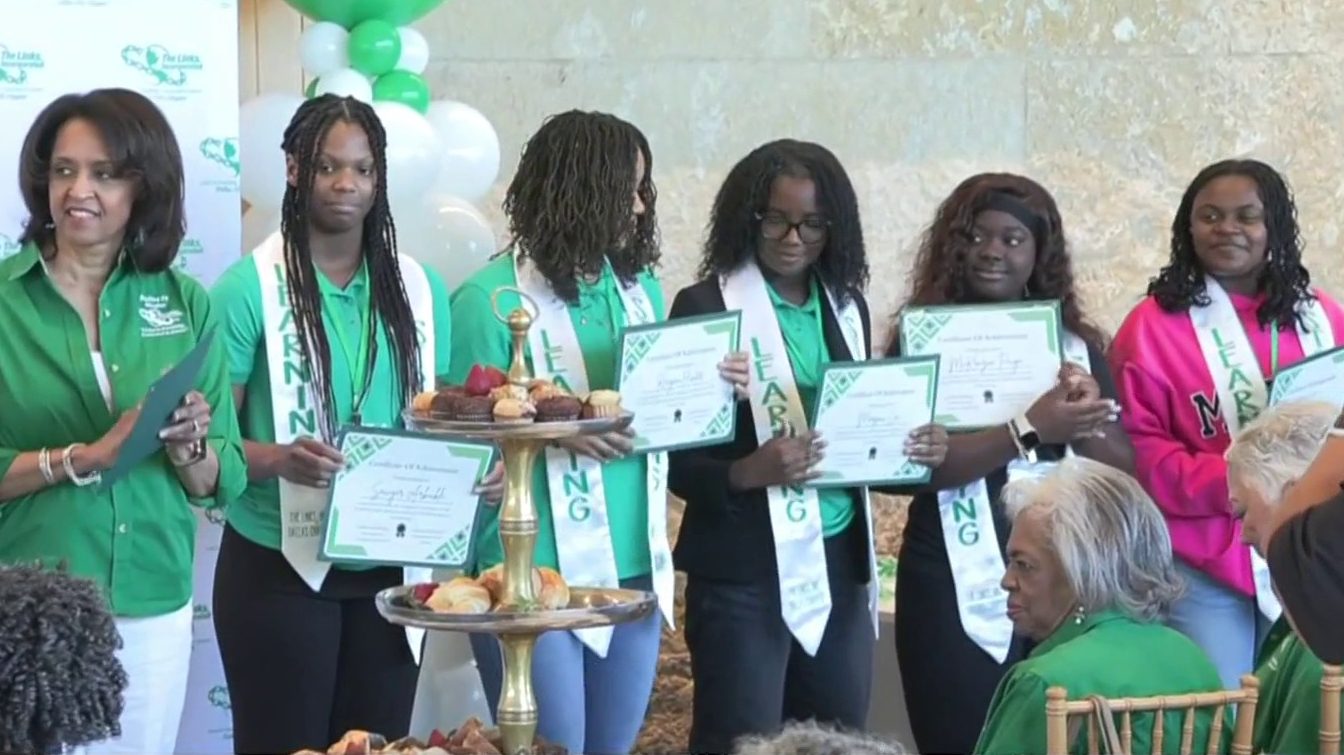Every Texan of a certain age can remember the pain they felt when they learned President John F. Kennedy had been assassinated in Dallas.
But only one man, James Tague, remembers a different kind of pain -- a physical one. That's because Tague is the only person, aside from Texas Gov. John Connally, who was injured by a bullet meant for the president.
NBC 5's Jeff Smith caught up with Tague to discuss how his minor wound forever changed American history.
When Tague walks through Dealey Plaza, the memories come flooding back.
"I got over there just in time to hear somebody sobbing to the policeman, and saying, 'His head exploded! His head exploded!' The policeman said, 'Who's head?' And the man goes, 'The president's.'"
Tague had no intention of watching the motorcade that day. He was running late to meet his girlfriend -- the woman he'd later marry -- and was stuck in traffic.
"I was late to lunch, to pick her up," he said. "I thought she'd be tee'd off. I was about 30 minutes late. We had a lunch date."
Local
The latest news from around North Texas.
Tague was standing under the triple underpass on the west side of Dealey Plaza when the motorcade turned onto Elm Street, in front of the Texas School Book Depository. That's when a sharp noise pierced through the cheering crowds.
"Somebody threw a firecracker. And then I thought what kind of an idiot would be throwing a firecracker with the president driving by," Tague said.
Of course, it wasn't a firecracker -- it was an assassin's bullet.
"I'm standing there still in disbelief over somebody throwing a firecracker, and then, 'Crack! Crack!' Two rifle shots, not a second apart, and something stings me in the face."
What stung Tague was a fragment from a bullet that struck the nearby curb.
"It could've been a mixture of a little bit of lead and concrete," Tague said. "I was sprayed. Debris hit me in the face. Broke the skin in maybe three or four places. A drop of blood in each place. Nothing serious."
But it's arguably the most important "minor injury" in American history, and here's why: Just two weeks after the assassination, the FBI finished its investigation and concluded Lee Harvey Oswald fired three shots. Two of those shots hit Kennedy and one hit Connally. The Warren Commission was prepared to reach the same conclusion months later.
But when commissioners read the local newspaper reports proving the curb shot, they realized that one of the three shots missed the motorcade entirely.
"I didn't know I was changing history. I just knew it was probably important that there was a missed shot," Tague said.
The 27-year-old filed an affidavit about what happened.
"All of a sudden the Warren Commission had a big problem. They had to rewrite the report."
That spawned the infamous "single bullet theory" or the "magic bullet theory," the contested conclusion that just one bullet caused significant injuries to both Kennedy and Connally.
"It changed history. If that policeman had not ran up to me, if I had just gotten back in my car and gone home, and forgot all about it, history would've been different," Tague said.
Tague understands his role in history. But even now, 50 years later, he struggles with what happened.
"It's hard to grasp. It's hard to grasp. Today, I’m still trying to grasp it. President Kennedy was killed right here in front of me," Tague said.
Tague is a conspiracy researcher and has written two books about the assassination. His first, "Truth Withheld" was published in 2003. His second, "LBJ and the Kennedy Killing," was published last month and is available online.



